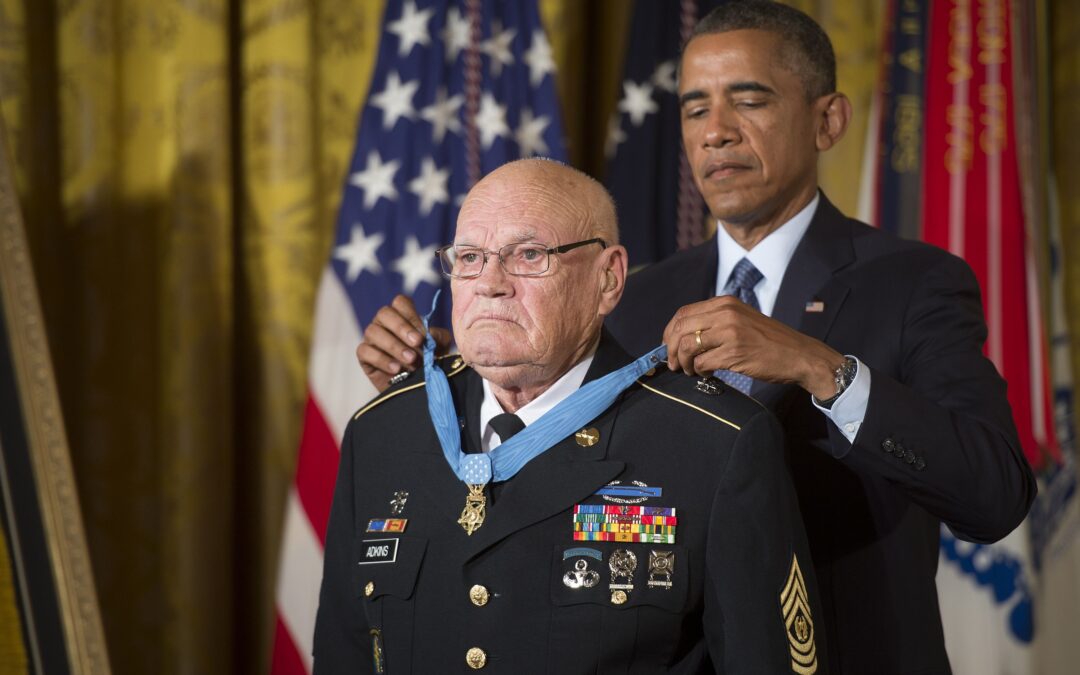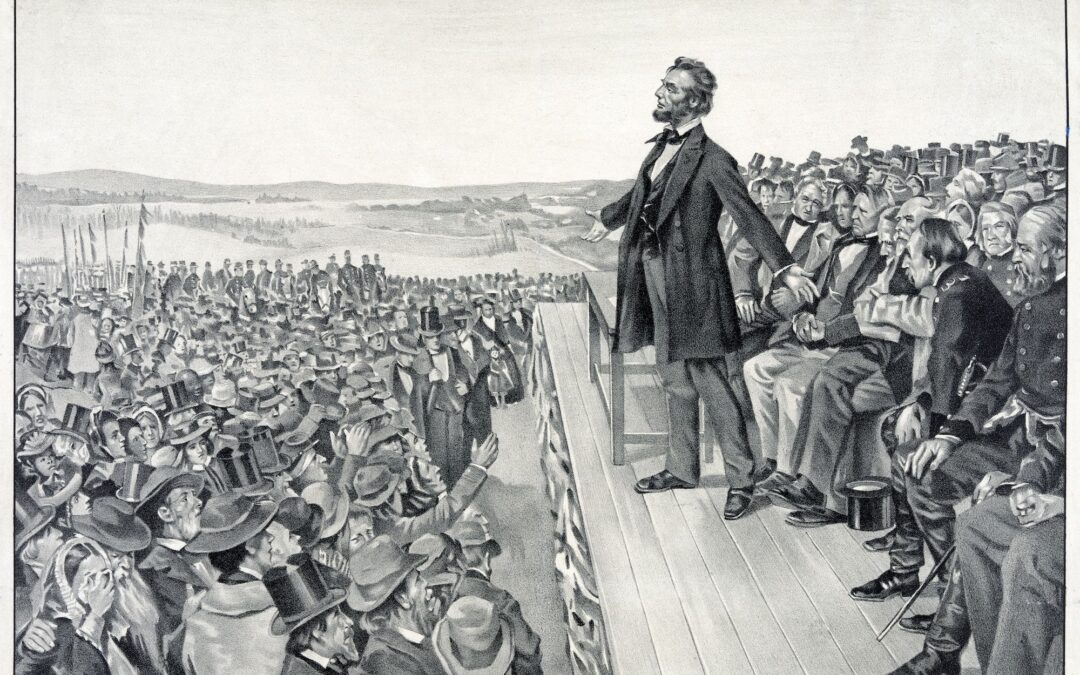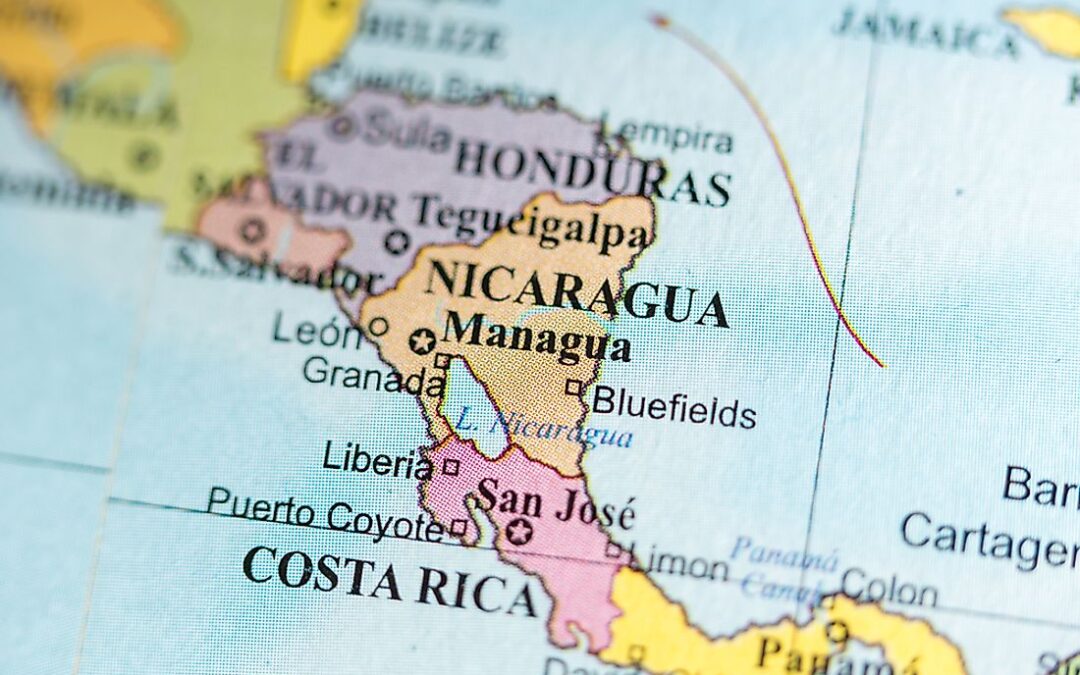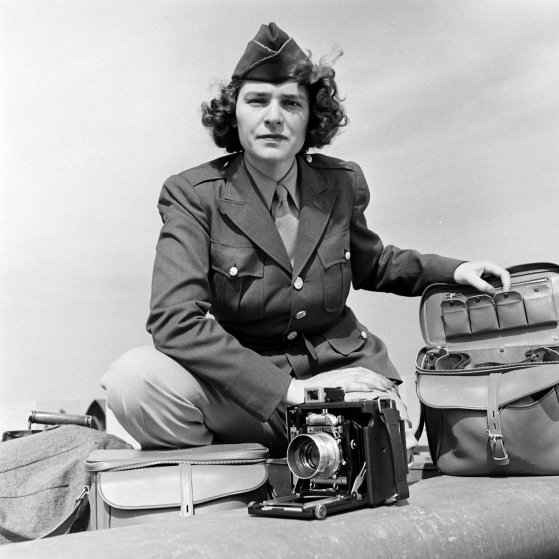The March to the Sea, the most destructive campaign against a civilian population during the Civil War (1861-65), began in Atlanta on November 15, 1864, and ended in Savannah on December 21, 1864. Union General William T. Sherman abandoned his supply line and marched across Georgia to the Atlantic Ocean to prove to the Confederate population that its government could not protect the people from invaders. He practiced psychological warfare; he believed that by marching an Army across the state...









